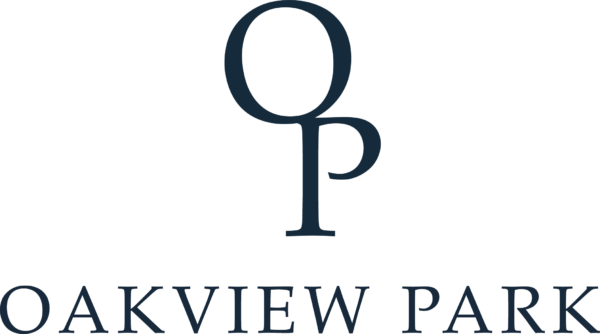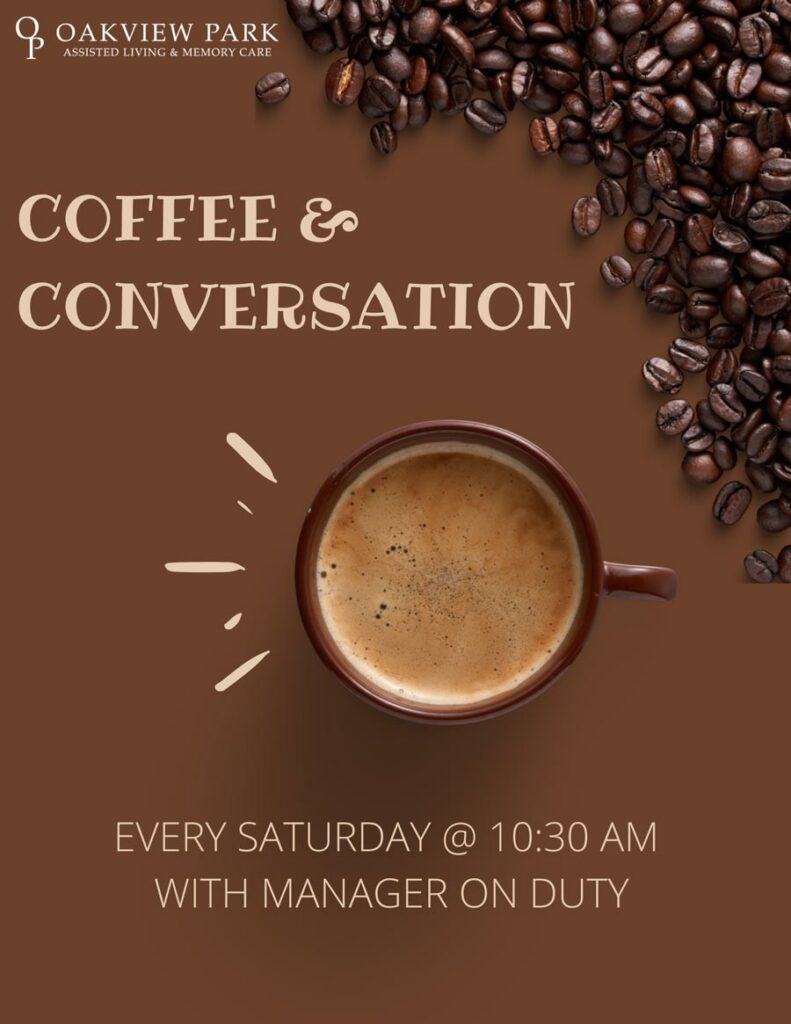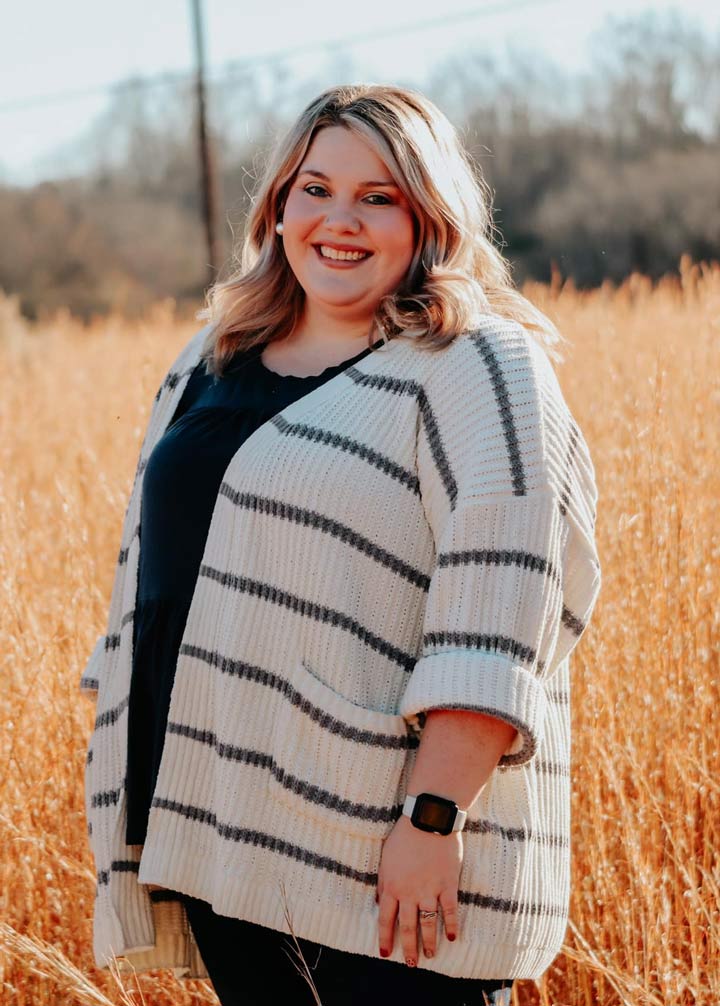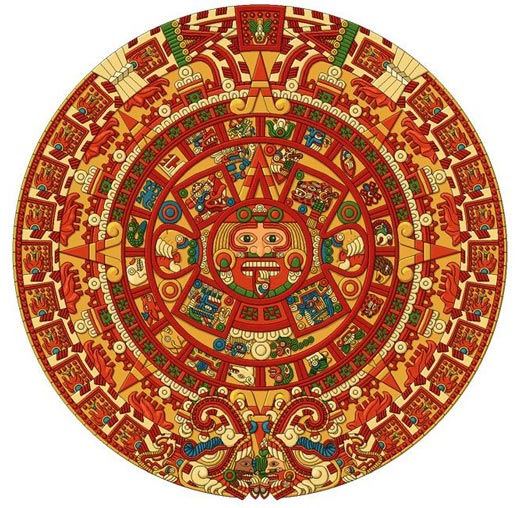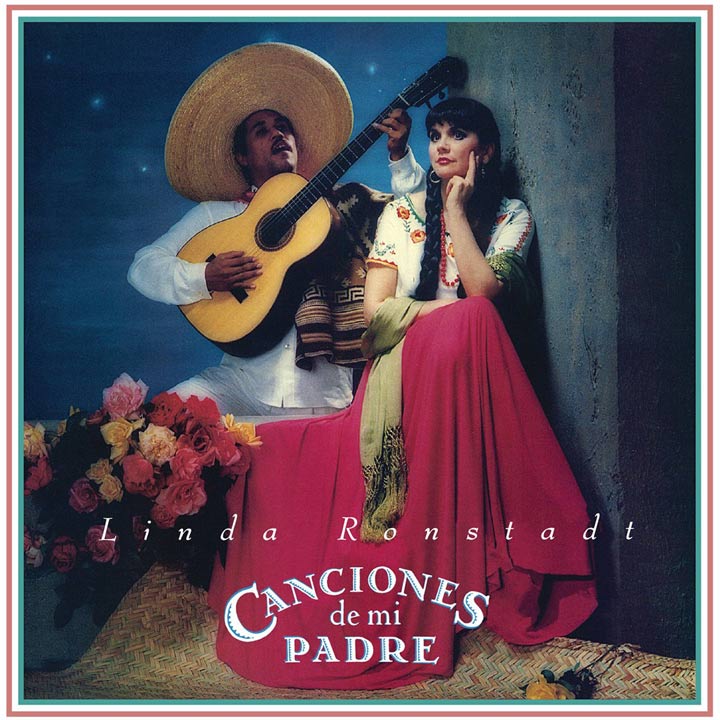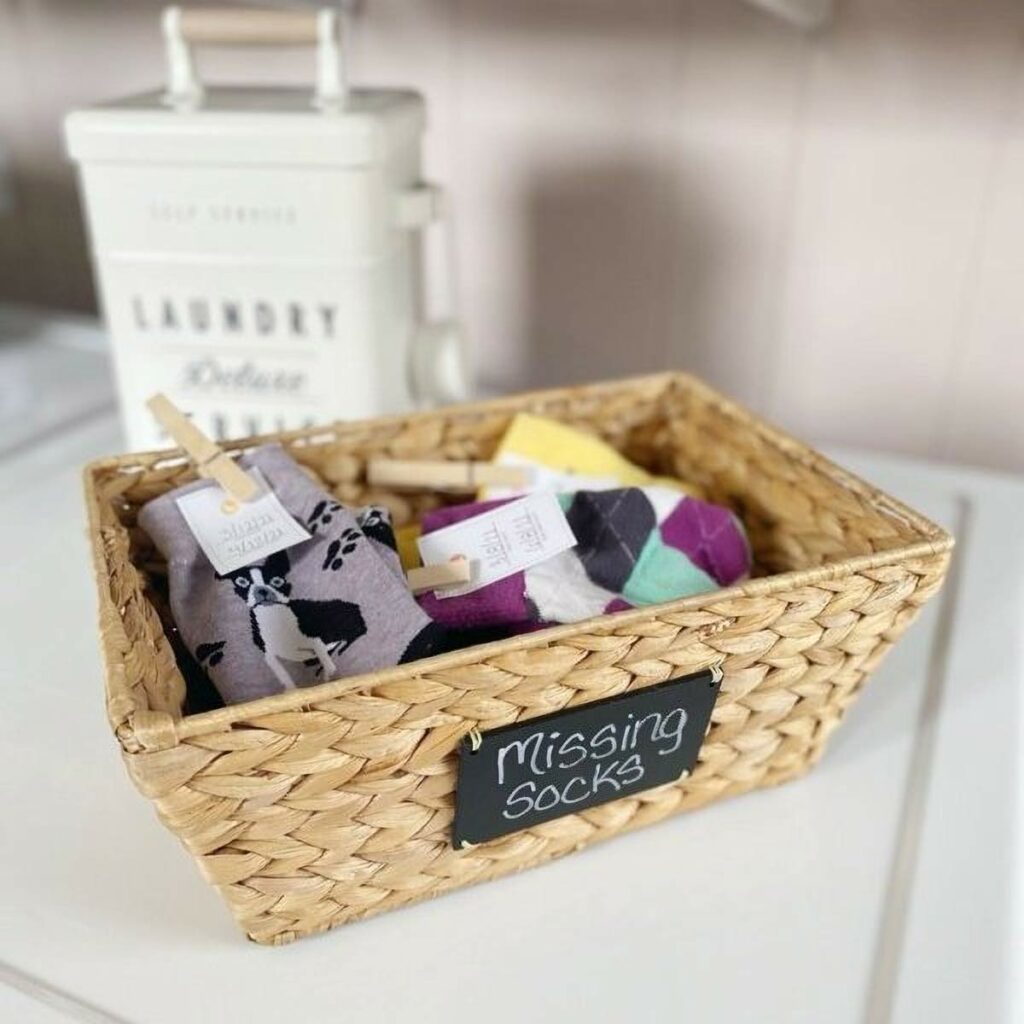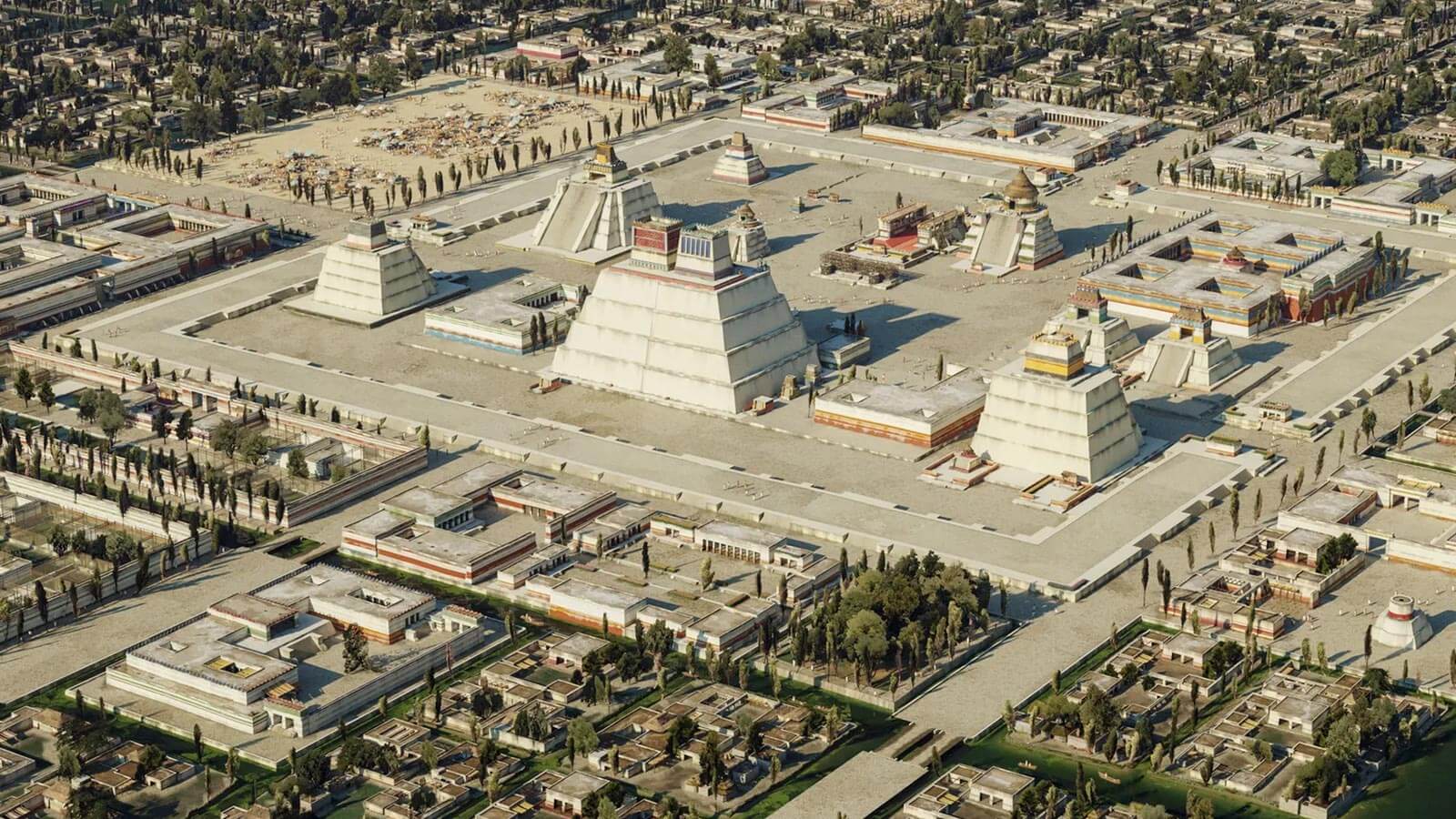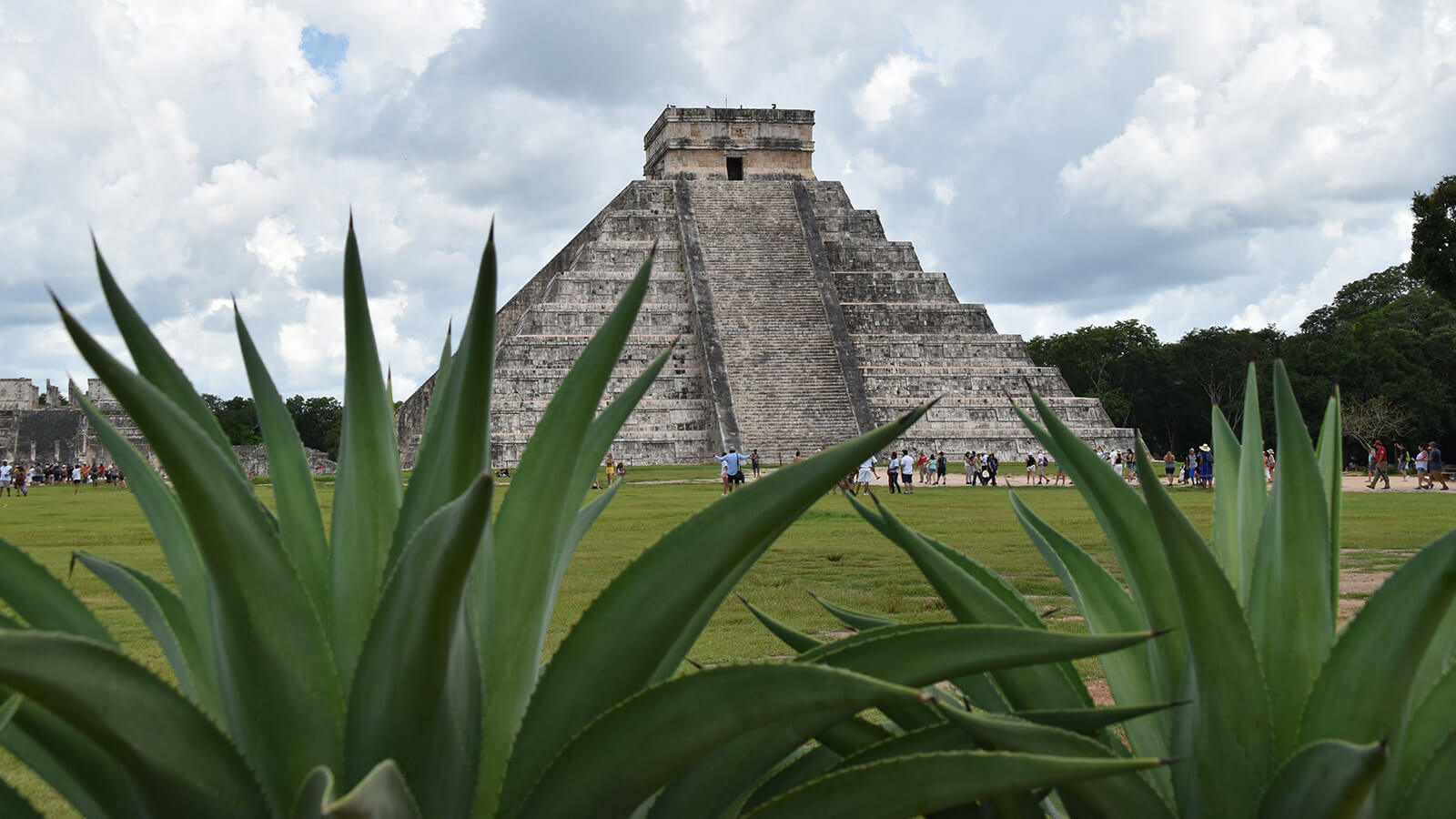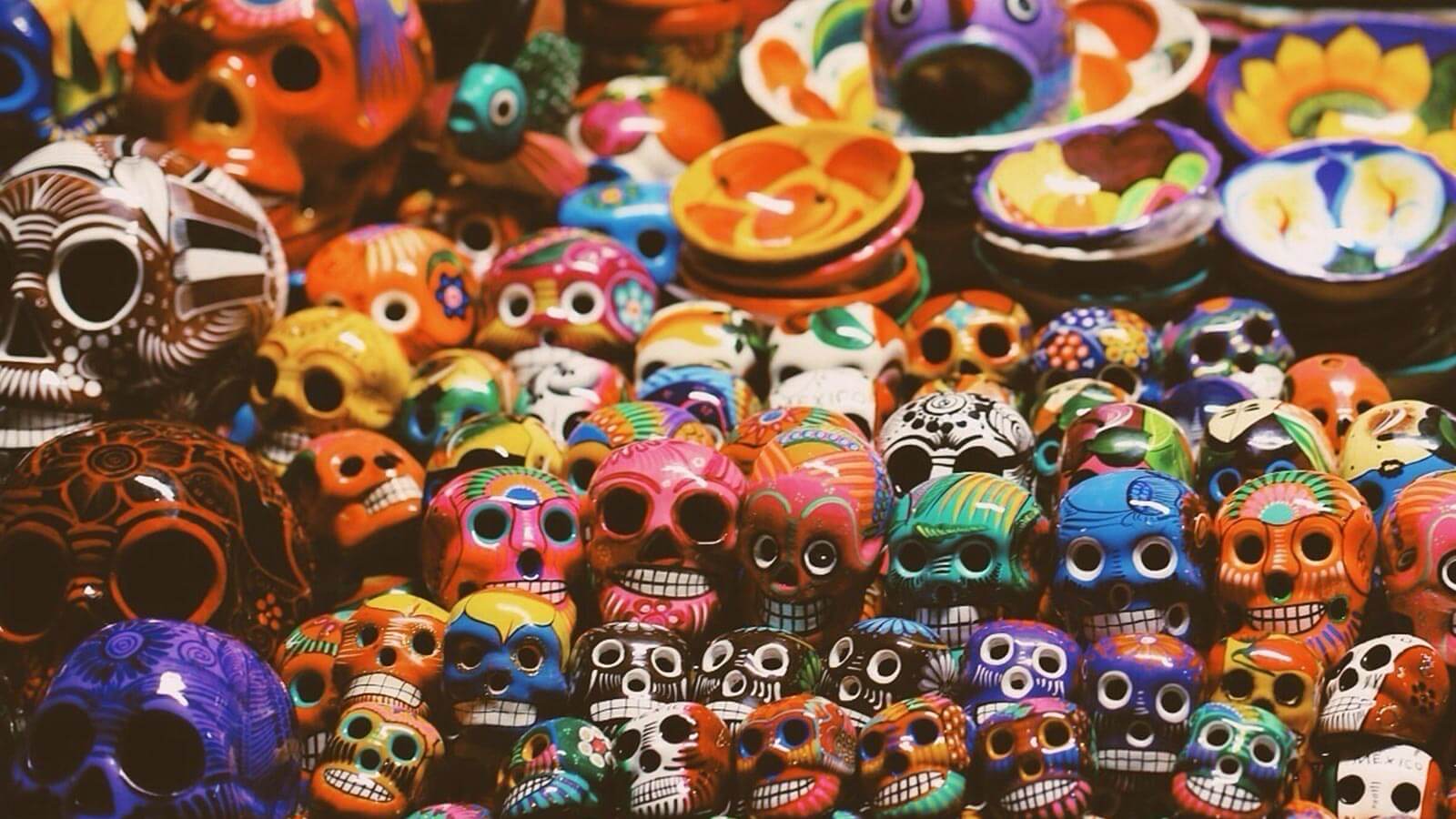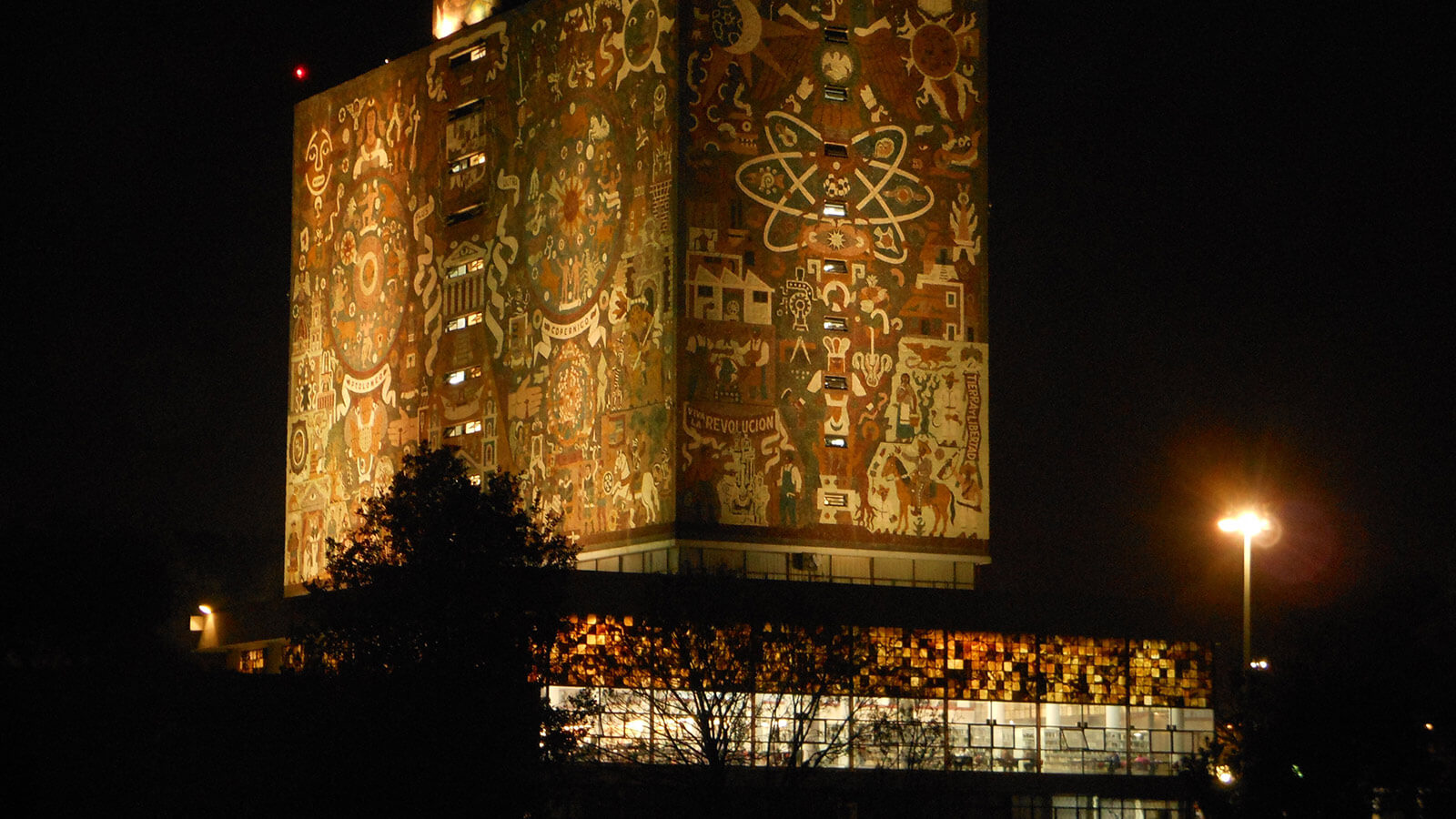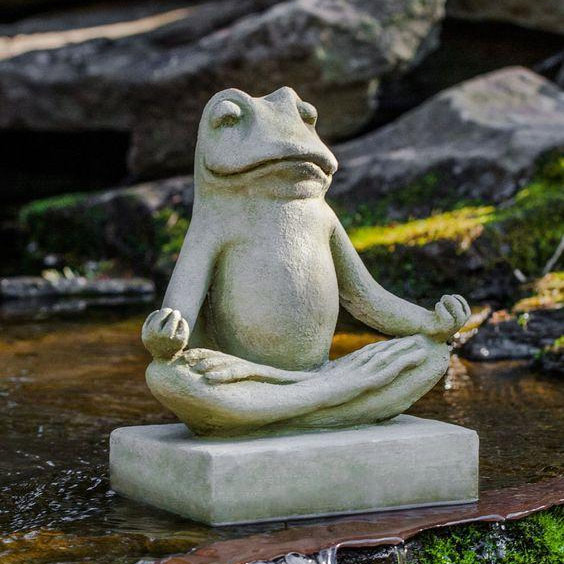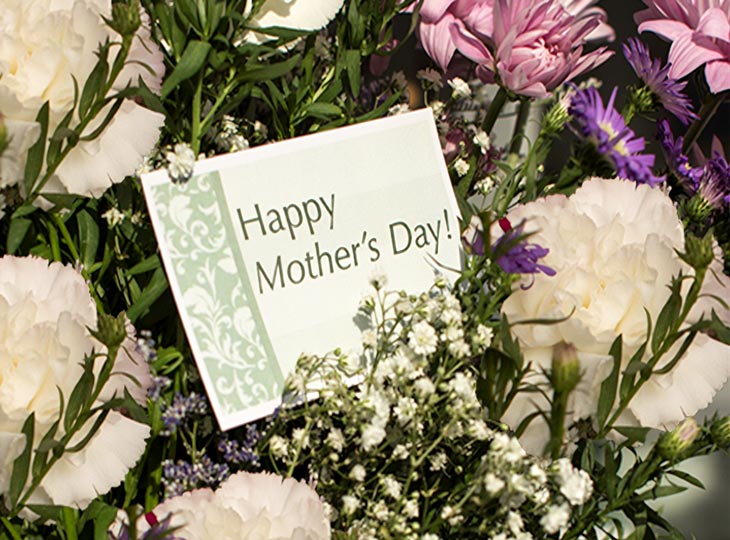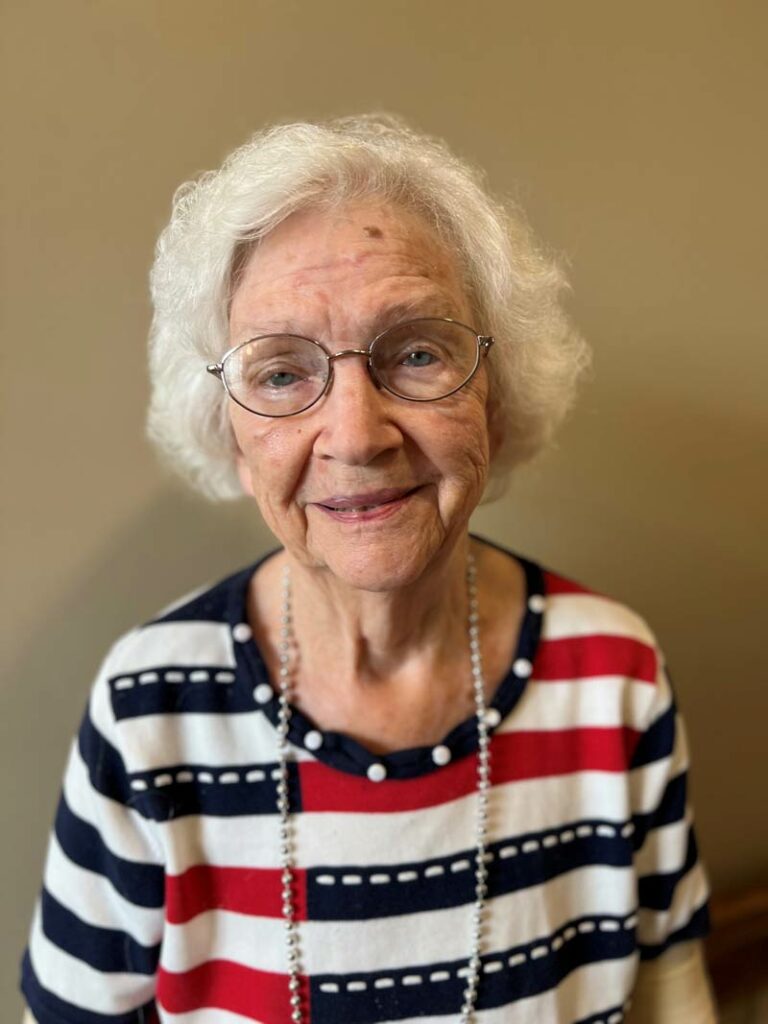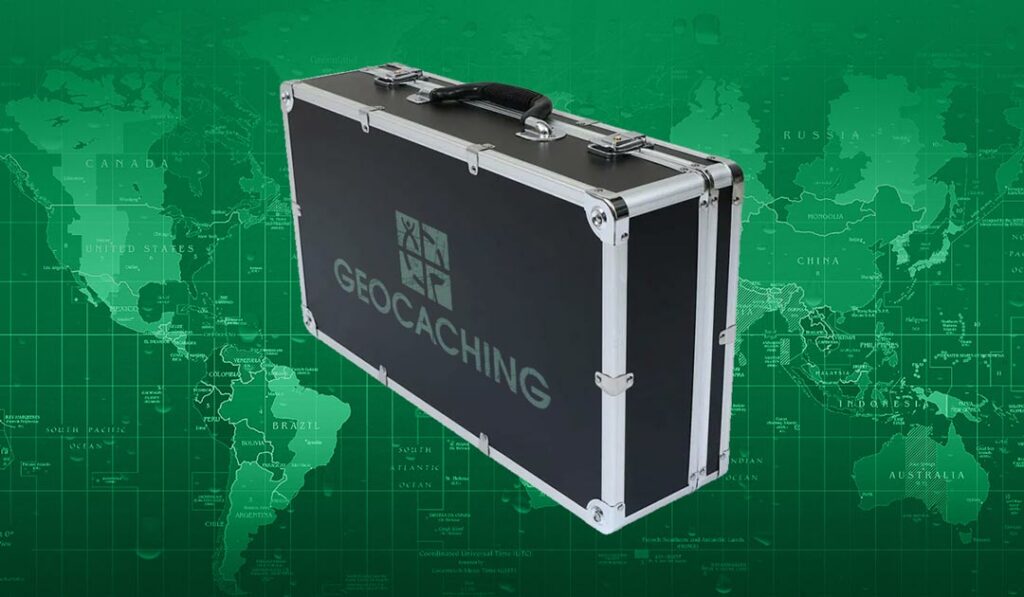Senior Living News May 2025
Oakview Park Greenville
Newsletter
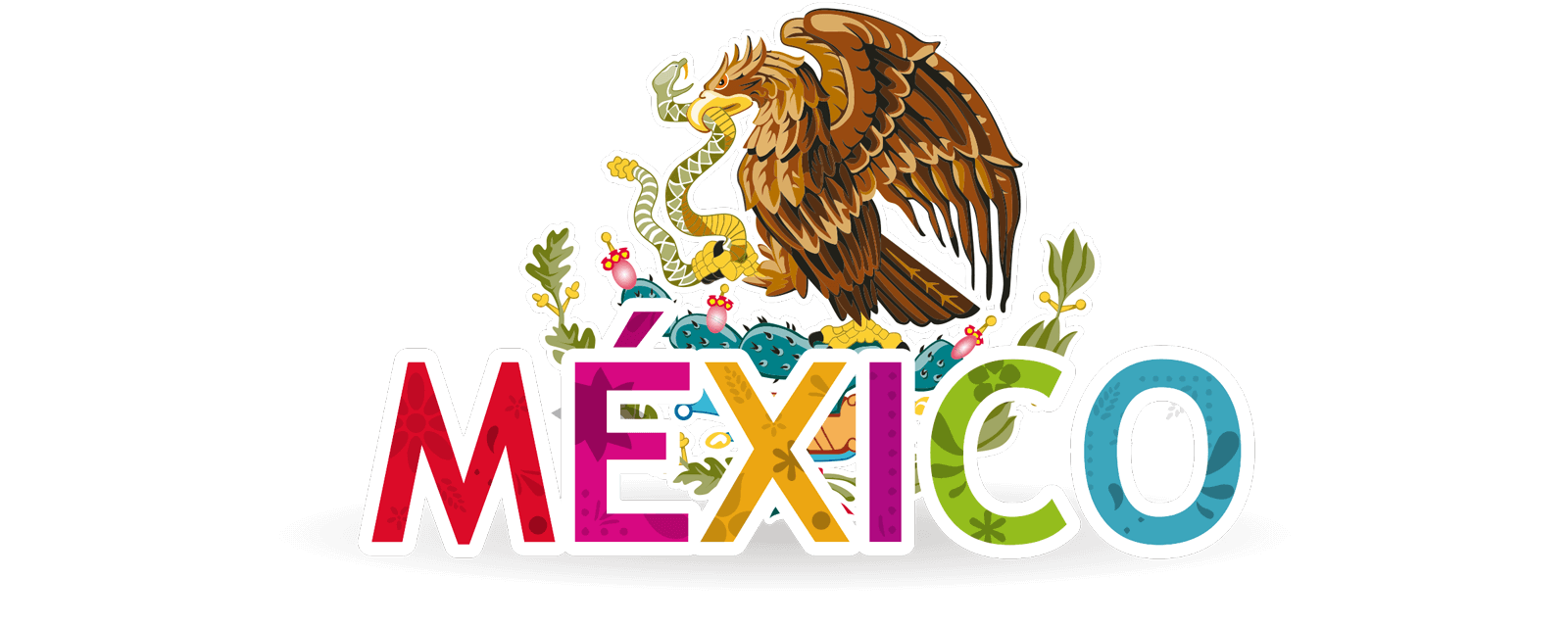
Around the world with Atlas - May 2025 - México
Resident´s Birthdays
Barbara Gravley 5/7
Ann Mendillo 5/11
Opal Hipps 5/16
Clara Tinsley 5/25
Shelby Crowe 5/25
Celebrating May
Clean Air Month
Military Appreciation Month
May Day/Lei Day
May 1
Kentucky Derby
May 3
International Firefighters Day
May 4
Wildflower Week
May 4–10
Windmill Day
May 10
Mother’s Day
May 11
Biographer’s Day
May 16
International Coaching Week
May 12–18
World No-Tobacco Day
May 31
Events Spotlight
Mother’s Day Photo session
5/9, 3-5 PM
Associate of the Month
Langdon Welch
Langdon Welch is the cosmetologist here at Oakview Park, where she has been serving the residents for the past four years. She felt deeply called by God to work in this space, using her skills not only to enhance beauty but to build meaningful relationships and minister to the people who sit in her chair. Langdon see’s every client as an opportunity to offer care, kindness, and encouragement, creating an atmosphere of warmth and connection. With a heart for service and a commitment to making others feel valued, she finds joy in blending her work with her faith to make a positive impact on those around her. Langdon also works as a Cosmetologist at Southern Charm Salon in Belton, SC and a JV Cheerleading Coach at BHP High School. She got married last February and will be welcoming a sweet baby boy in September! Langdon feels extremely blessed to wear the many hats that she does and will continue to use each position to glorify God to the best of her ability.
The famous Aztec Calendar, shown in its original colors, is also known as the “Stone of the Sun.” It depicts the Sun God Tonatiuh, the fifth sun, at its center.
VIva México !!
Alexa play "Rogaciano el Huapanguero" from "Linda Ronstadt"
Featured on Canciones de Mi Padre, Linda Ronstadt’s rendition of this classic huapango blends heartfelt vocals with rich orchestral arrangements, paying tribute to Mexican folk traditions. Released in late 1987, the album became a global sensation and remains the best-selling non-English language album in U.S. history, with over 2.5 million copies sold. The record beautifully captures the depth and beauty of Mexican folk music. Musical direction was led by renowned Mexican composer Rubén Fuentes, alongside the finest mariachi musicians of the era.
The Sock that Got Away
Do you have a spot for old unmatched socks? Do you hold out hope of someday reuniting those single socks with their lost matches? Chances are you may never see those lost socks again, since many fall over the top of washing machine tubs and are sucked into the drain. On May 9—Lost Sock Memorial Day—take the time to say goodbye to those missing socks, wherever they may be. Perhaps the best way to celebrate this strange holiday is to take those unmatched socks out of the back of the drawer and wear them! Restore them to their former glory, and go unmatched for a day.
Viva México !!
Around the World with Atlas
A Land of Spirit, Color, and Eternal Stories, Mexico is more than a country—it’s a heartbeat, a song carried by the wind across deserts, jungles, mountains, and beautyful beaches. A place where ancient civilizations whisper through pyramids and murals, and modern life dances to the rhythm of a strong and unique cultural heritage.
The word “México” comes from the Náhuatl words “Metztli” (moon) and “xictli” (navel or belly button), meaning “the belly button of the moon.” The Mexicas pronounced it “Meshico.”
According to legend, the Mexica people were the last of the nomadic tribes to arrive in central Anáhuac (yep, that was the ancient name for the heartland of what’s now Mexico). They came from a mythical island called Aztlán—which is why they’re also called Aztecs. They were searching for a sign sent by their main god, Huitzilopochtli: an eagle perched on a prickly pear cactus, devouring a snake. That was the sacred place where they were to build their city.
And they did find it—right in the middle of a vast lake called Texcoco. Legend says they took refuge on that small patch of land in the lake and founded their settlement, Tenochtitlan, around 1325. By the time the Spanish arrived in 1519, they were stunned by the sight of a majestic, dream-like well-organized metropolis—Tenochtitlan—one of the largest cities in the world at that time.
Breathe into Balance
Sometimes, contrary to our best interests, the mind has a mind of its own. It is constantly wandering off, distracted, fixated on things that do not calm or soothe us. Like so many things that improve with practice—playing an instrument, passing a football, doing your taxes—maintaining a calm and clear mind takes practice, too. Just how does one train the mind to remain calm and focused? One way is meditation. As luck would have it, May is also Meditation Month.
What is the goal of meditation? For some, meditation is an important part of spirituality. A calm and open mind creates a space for divine influence, prayer, and worship. For others, meditation reduces stress, builds confidence,
and even supports success of personal goals
at work or in the home. Still others use meditation for pain relief.
There are a variety of meditation techniques.
One method is to repeat a mantra or sound. Some chant the Sanskrit syllable om, while others choose to repeat another meaningful phrase. The goal is to be comfortable, focus on the sound, and shut off the intellectual side of our brains. Other varieties, such as Zen Buddhist meditation, focus on the breath. Practitioners may practice in a seated position or lie flat on their backs, breathing deeply and focusing on individual body parts. Yoga, as opposed to exercise, blends breathing with stretching, gentle movement, and sometimes visualization. With “guided visualization,” participants concentrate on a peaceful environment, such as a grassy field or a waterfall.
These are just a few of the many forms of meditation. For anyone interested, it’s important to both check with your physician and, once approved for this activity, try a variety of types to find the one that works best for you. Luckily, there are 31 days in May to explore the options.
A Mom-entous Occasion
Celebrated with great enthusiasm in the United States, Mother’s Day falls on Sunday, May 11. And why shouldn’t it be celebrated so enthusiastically? Where would we be without our mothers? The fact is we would not be at all. Anna Jarvis is known as the mother of Mother’s Day, for she so adored her mom that she campaigned for a holiday to celebrate all mothers. Jarvis herself never married nor had children, but this didn’t stop her from lobbying those in power to set aside a day to honor mothers. By 1911, almost every state in America was celebrating Mother’s Day, and on May 9, 1914, U.S. President Woodrow Wilson declared the second Sunday in May to be Mother’s Day.
In the United Kingdom, a holiday honoring motherhood dates back much further than 1914. In the 1600s, the fourth Sunday of Lent was dedicated as Mothering Sunday. Church services were devoted to the Virgin Mary, and families were encouraged to attend services not at their local parish but to return to their larger “mother” church, or cathedral. Also, in a time when many servants worked in the homes of the rich away from their own families, these servants were allowed time to return home and visit their mothers. The tradition of Mothering Sunday largely died out in the 19th century, but when American servicemen flooded Europe during World War II—bringing their American Mother’s Day holiday with them—Mothering Sunday became popular once again.
Whatever the month and whatever the country, many cultures have understood the importance of honoring motherhood. Whether you give the mothers in your life a carnation, a greeting card, or a special simnel cake loaded with fruit, what matters is thanking and honoring all mothers for the miraculous gift of birth.
More Articles
What Truly Enriches Daily Life for Seniors — And How Oakview Park Bring It to Life
With age, the meaning of daily life becomes more refined. The search for achievement slowly gives way to a quieter desire for presence. Older adults …
Seasonal Blues or Something More? How to Spot Emotional Changes in Aging Loved Ones
Share our good news:
Recipe Spotlight:
Mexican Tamales
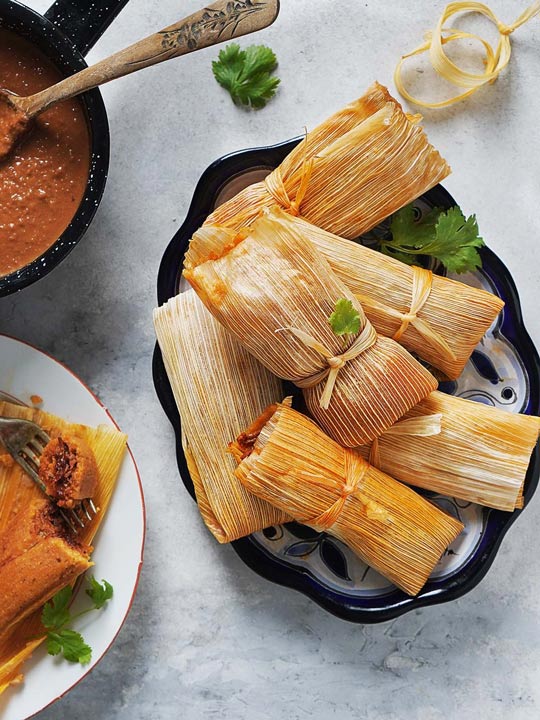
Ingredients:
20 dried corn husks (soaked in warm water for 30 minutes until pliable)
String or strips of husk for tying (optiona
For the masa (dough):
4 cups masa harina (corn flour for tamales)
2 ½ cups chicken broth (warm)
1 cup lard or vegetable shortening
1 ½ tsp baking powder
1 tsp salt
For the filling (classic option):
2 cups cooked, shredded chicken or pork
1 ½ cups red chili sauce or green tomatillo salsa
Directions:
Soak corn husks in warm water for 30 minutes until soft. Make masa dough: Mix masa harina, baking powder, salt, warm broth, and whipped lard/shortening until fluffy. Add filling: Spread masa on husk, add chicken or pork with salsa, then fold the husk. Steam tamales upright for 1 to 1.5 hours, adding water as needed. Cool and serve once masa easily separates from the husk.
Viva México !!
The Corn Tamers
Corn has been a staple of Mexican culture and cuisine for thousands of years, dating back to ancient civilizations long before the Mexicas and even the Pre-classical Mayans wich are prior to 1000 BC. It’s used in countless traditional dishes such as tortillas, tamales, pozole, tacos, chilaquiles, enchiladas, sopes and so on.
They were masters in combine native ingredients like chile, cacao, and vanilla, Mexican cuisine has shaped global tastes and preserved a deep connection to the country’s agricultural and cultural roots.
Resident of the Month
Augustine Crocker
Augustine was born and raised in Union, SC, along with six sisters and three brothers. She graduated from Union HS in 1952. In 1955, she married her husband, Donald, after he returned from serving in the Army in Korea. They had three boys, four grandchildren, and four great-grandchildren. In 1962, the family moved to Greenwood, SC. She received her degree in Business from Piedmont Technical College in 1983. She was employed at Capsugel as a quality control supervisor from 1965 until she retired in 1993.
All of her life she has been a dedicated wife and mother. Her primary focus in life was to serve the Lord. She has been a dedicated member of Westside Baptist Church since 1962. She was a leader of the Girls Auxiliary and the Women’s Missionary Union. She was also a volunteer with United Ministries of Greenwood. She derived much enjoyment from helping others and contributed much time and many resources to various causes.
She enjoyed spending her spare time with her family, especially her sisters. She also enjoyed camping with the Saluda Valley Sam’s camping club and traveling with her husband. They vacationed in Hawaii, the Bahamas, Niagara Falls, and many other places throughout the country.
After Donald passed in January of 2024, Augustine moved to Oakview Park the following month. She enjoys participating in crafts and other activities with the residents and caregivers at Oakview. Although Augustine is a somewhat shy and quiet person, she is very intelligent and quick-witted. She is an avid fan of the Game Show Network and enjoys watching tv while sitting in her favorite recliner. Augustine is a tremendous blessing to all of us.
Cache me if you can
Geocaching is an activity that combines treasure hunting and technology. The very first geocache consisted of a five-gallon bucket filled with a map, two CD-ROMs, a cassette recorder, a VHS movie tape, a book, four $1 bills, a slingshot handle, and a can of black-eyed peas. While this does not sound like a very glamorous treasure, it has gone down in history—amongst geocaching enthusiasts—as the “Original Stash.” The bucket was partially buried in the ground by Dave Ulmer of Beavercreek, Oregon. He then posted its whereabouts on a website on May 3, 2000. He did not include a treasure map or a list of directions; instead, he listed the GPS coordinates of N 45° 17.460 W 122° 24.800. In this way, anyone with a handheld GPS device could find his stash. And geocaching was born.
This hobby is now practiced worldwide. Millions of caches are hidden all over the world, just waiting for someone to find them. All one needs is a cell phone and the cache’s coordinates. Typically, a geocache consists of a waterproof container—Tupperware, a plastic canister, a military ammunition box—concealed in some way and containing a logbook, pencil, and “treasures.” Once the cache is discovered, the finder logs their name in the logbook and is free to take whatever they wish from the cache. Often, the finder adds something new to the treasure. In this way, geocache hunters share and interact without ever meeting each other. Participants also record their experiences on the website where they found the GPS coordinates, such as http://www.geocaching.com.
Sometimes a special object will be moved from cache to cache. For example, the original can of beans from Ulmer’s first geocache (included in the case pictured above) is now the “most-found travel bug in the world.” But food is no longer allowed in caches, so the carefully restored can is housed in a see-through case and loaned out for geocaching events from Oregon to Austria.
Collaborators

Jennifer Klein


